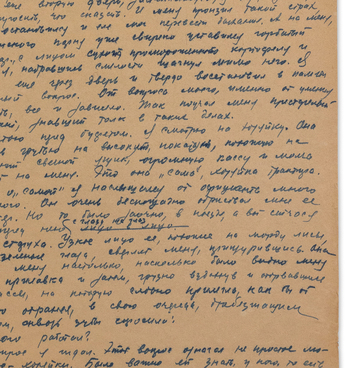The exhibition of the Penza Literature Museum includes a stone book that belonged to the writer Nikolai Pavlovich Zadornov. He treasured this souvenir and kept it on his writing desk.
The writer commissioned this souvenir, and it was brought to him from the Urals. According to a record, the book cover is made of ophiocalcite, a dense and opaque rock. In ancient times, it was erroneously classified as a green variety of marble, but in fact, it is much harder and denser. This fascinating gemstone has a marble-like base and inclusions of the precious ophite. When viewed closely, a network of olive, moss green, and brown veins can be seen diverging in various directions on the surface. The serpentine pattern resembles small snakes in the grass. The word “ophite” means “snake” in Greek. Other names for ophiocalcite include noble serpentine and green marble.
The spine of the book is made of liparite, also known as rhyolite. This volcanic rock is widespread in the Urals and the Altai where Nikolai Zadornov spent a lot of time. Rhyolite is typically white, yellow, or light gray. Rocks with shades of rose and terracotta brown are less common. Rhyolite has an oily, resinous, and glassy luster. Nowadays, it is often used in talismans as it is believed to foster harmony. Practitioners of lithotherapy, who explore the effect of energies emitted by minerals on the human body, believe that rhyolite can help stabilize both physical and mental well-being. They believe that it can help people who seek constancy and stability in their lives, pursue noble goals, and strive for spiritual beauty. It is believed to strengthen relationships and protect family happiness.


